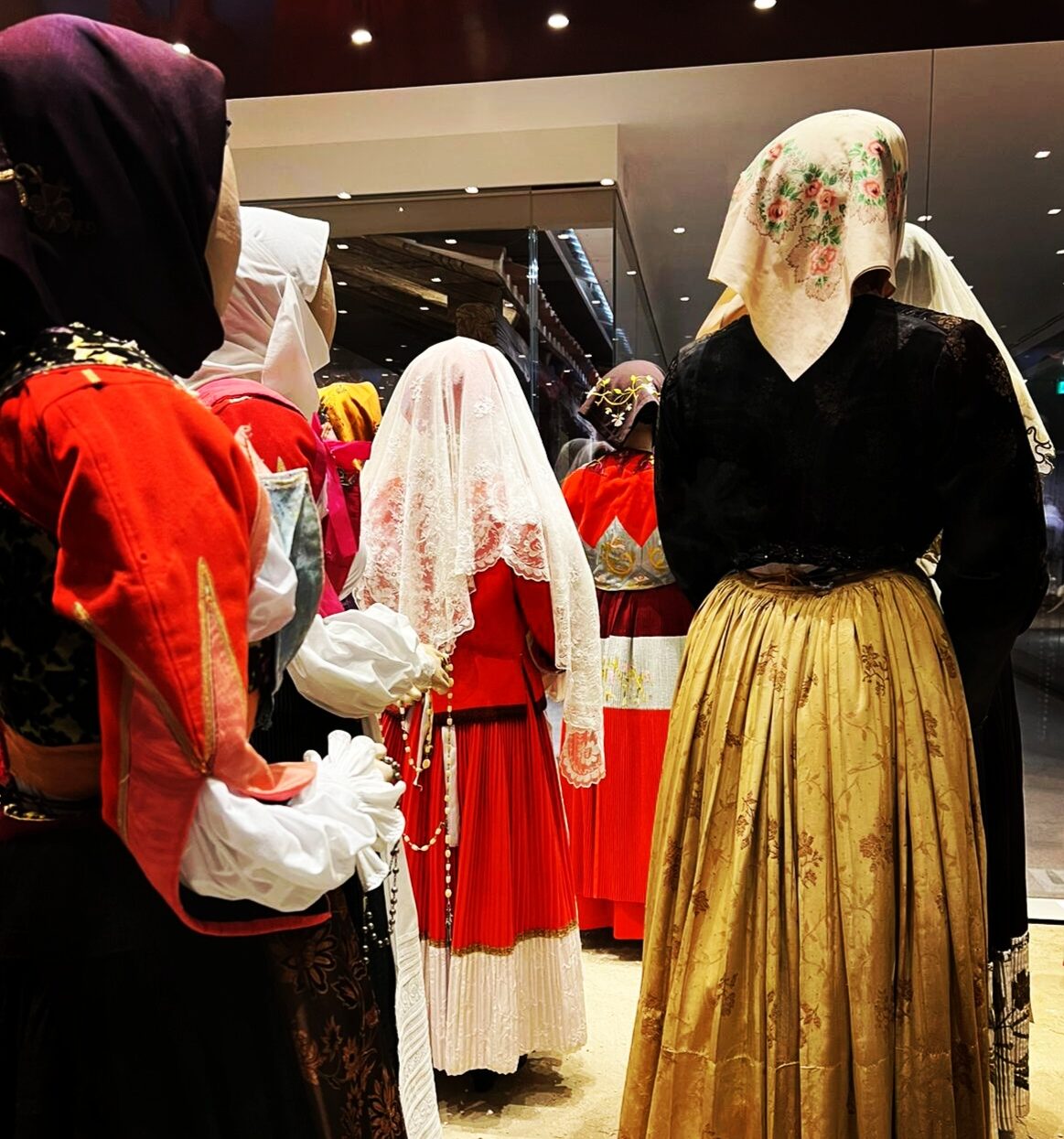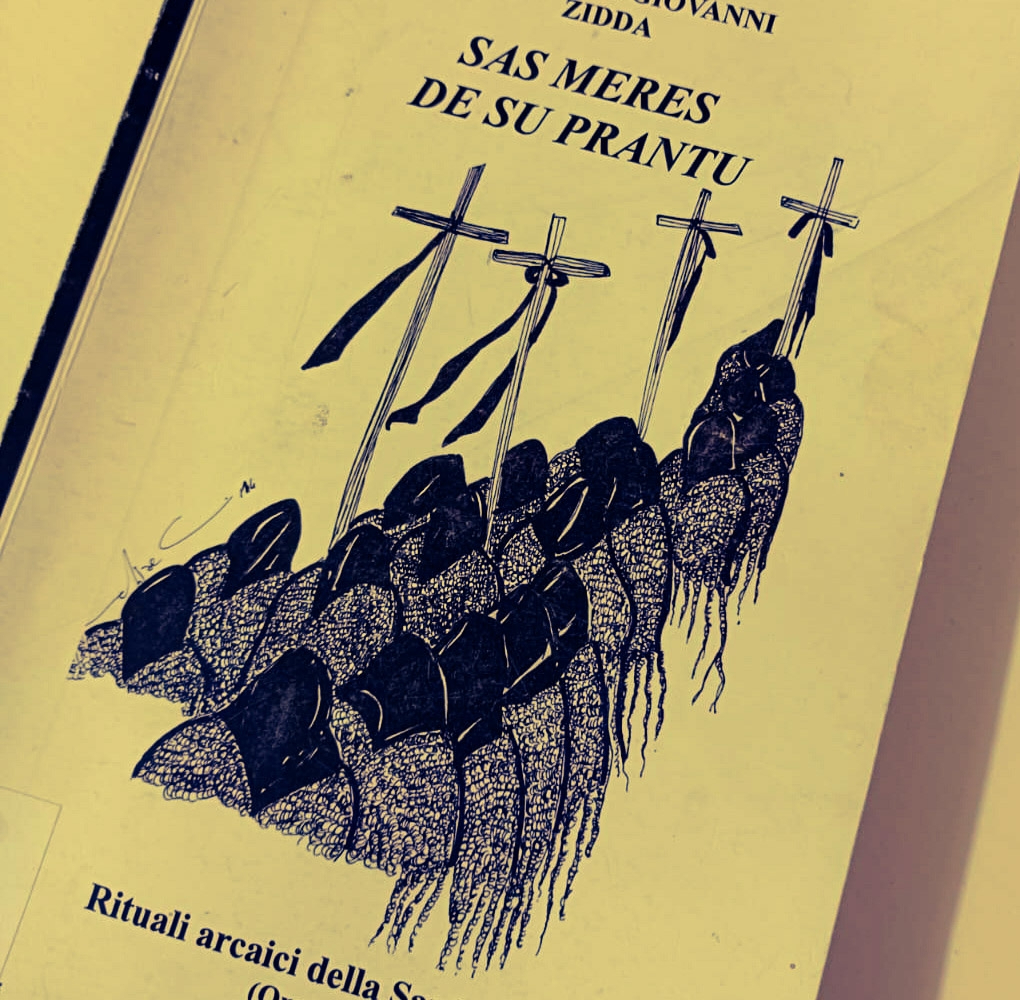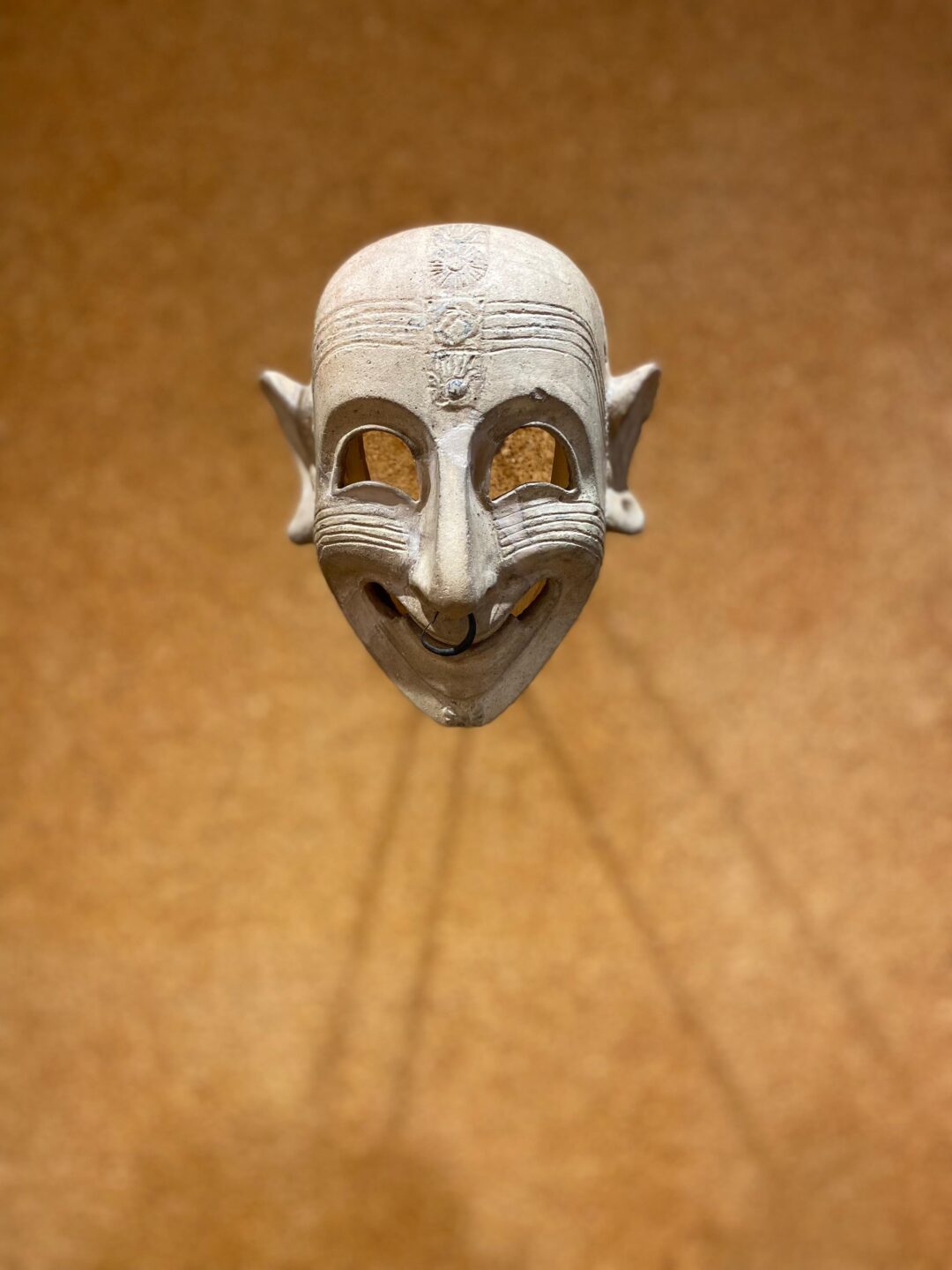In ancient times, about 2600 years ago, numerous city-states arose along the Sardinian coasts, of which today only Phoenician and Roman ruins remain. Besides the well-known cities of Tharros, Karalis, Nora, and Bithia, there were many others.
The historian Carta Raspi, in contrast to other scholars, argues that these cities were founded by the Shardana, a people distinct from the Nuragic population. The Nuragic people mainly lived in the Sardinian inland and were likely already present on the island when the Shardana arrived.
However, these two populations seem to have collaborated in some way. For instance, while the Nuragic people produced the orbace, a woolen fabric still used in Sardinian traditional clothing today, it was probably dyed red thanks to the production of purple dye in one of these city-states: Cornus.
The inhabitants of Cornus (now part of the municipality of Cuglieri, in the province of Oristano) produced a more or less vivid purple color obtained from particular mollusks, which had a name related to the Sardinian word for snails and shells: Korra (in Lodè, a small village in the middle of Sardinia, it is still called “coccorra,” from “cocco,” meaning “round object,” combined with “corra,” meaning “horns,” from the Latin cornua).
In that area, there is still a place called Campu ‘e Corra, which is also famous because, much later, Sardinians and Romans fought there. Unfortunately, the Sardinians served more as targets than as real opponents, but that is another story.
The Sardinian word “corra” also referred to the bucina, an ancient musical instrument often made from seashells. Interestingly, many Sardinian shepherds used the bucina or a horn as a communication signal until quite recently.
Campu ‘e Corra was probably named after the process that took place there: the mollusks, after having their shells broken, were thrown into containers and left to rot. As they decomposed, they secreted a yellowish liquid that could turn pink or purple depending on how it was processed. Besides this valuable color, the rotting mollusks also produced an unbearable, garlic-like stench, which is why Campu ‘e Corra was located at a safe distance from the city of Cornus.
Some sources suggest that purple dye was exported from Sardinia, as it was highly sought after in the ancient world for clothing and fabrics.
But even within Sardinia, vivid colors were appreciated: The Sardi Pelliti, as the Romans called the Nuragic people because they wore animal hides, had their orbace garments dyed in various shades of red in Cornus. The purple extracted from the mollusks was difficult to produce and not as vibrant as the red we know today. Initially, it was rather dull, but over time, as dyeing techniques improved, it became much more vivid. Eventually, it turned into one of the most characteristic colors of Sardinian traditional dress as we know it today.



